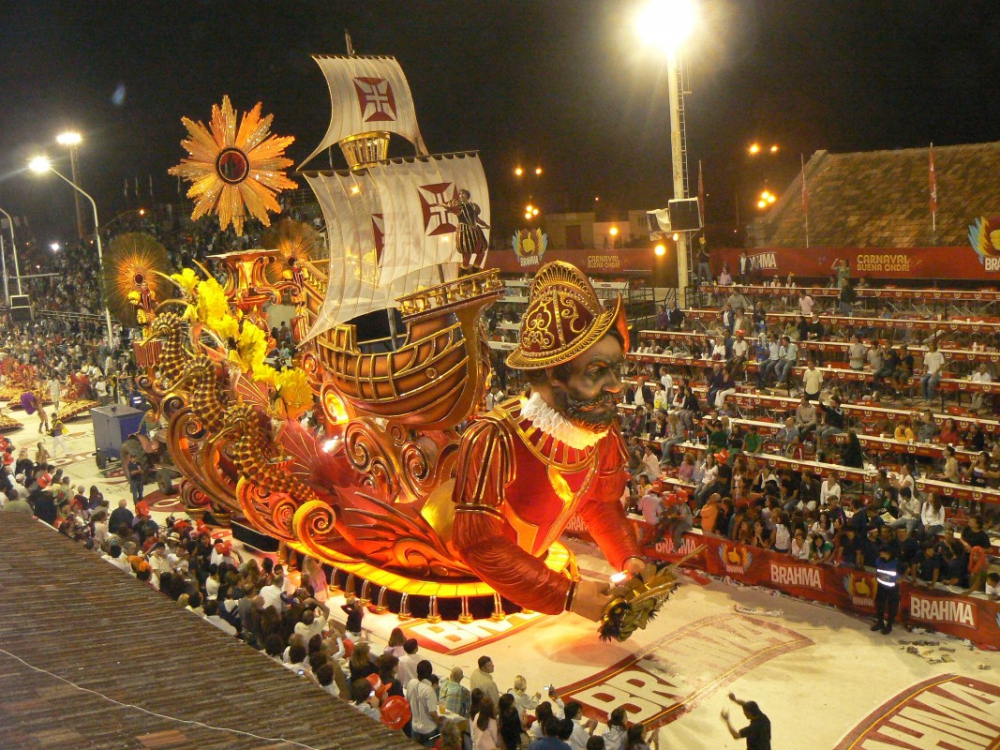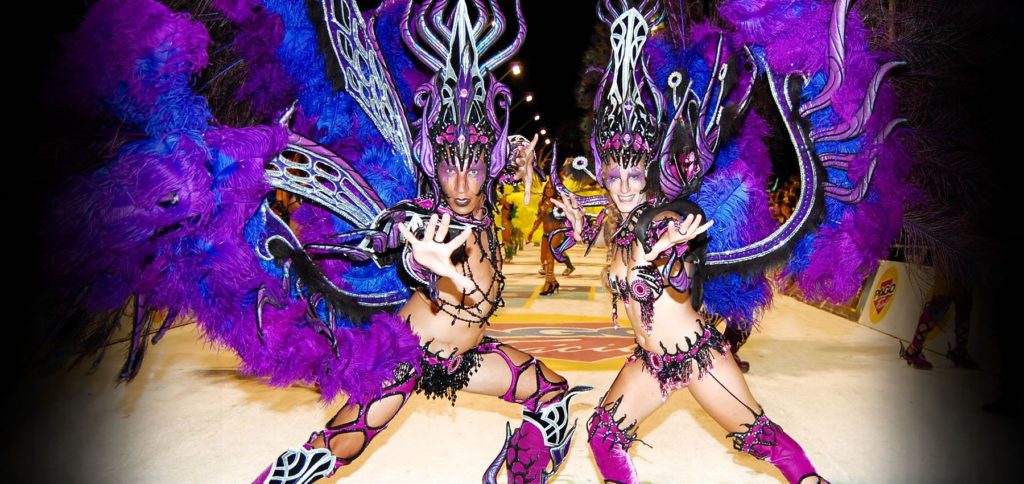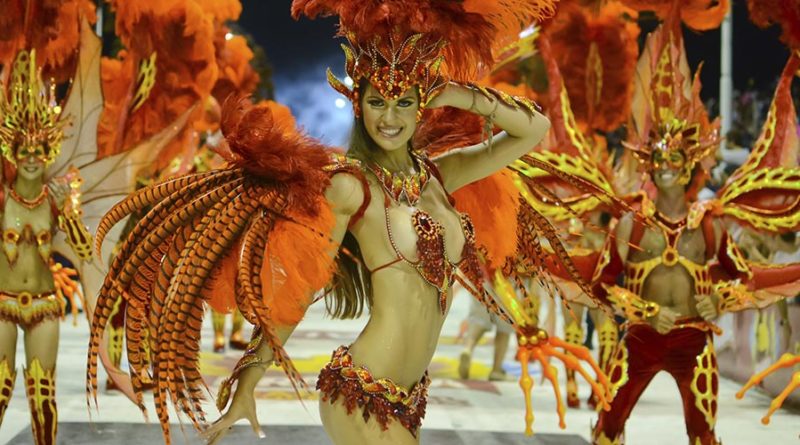Gualeguaychu Carnival in Argentine
If you happen to be taking a trip to Argentina between January and March, one of the most worthwhile cultural celebrations you can take part in is El Carnaval del País or “the country’s carnival” in English. Similar to Mardi Gras, this is an annual celebration that occurs two weeks before Lent, which rotates every year but always falls within February and sometimes early-March. While Brazil’s ‘Carnaval’ may be the most famous celebration of its kind, Argentina’s is far from low-key. Dazzling costumes, dance performances, parade floats and music make El Carnaval del País a must-see for both tourists and Argentines alike.
So, what do you need to know prior to this celebration? For starters, the main festivities are not held in Buenos Aires but in Gualeguaychú, a small town in the northeast part of Argentina, near the Uruguayan border. Fortunately, it is only about a three-hour drive from Buenos Aires, which is fantastic considering how big the country is. Especially during the Carnaval, you should have no problem finding public transportation.
Though the festival— also sometimes called the Gualeguaychú Carnaval— only lasts for several Saturdays, participating performers take months to prepare and rehearse. See, unlike similar celebrations around the world, El Carnaval del País is much, much more than an extravagant parade. In fact, it is more like a series of vary extravagant parades back-to-back, one on top of the other. And most importantly, it is a theatrical competition.

A sign of the sheer popularity of this celebration is that the town of Gualeguaychú converted an old, decommissioned railroad station into a performance and party facility to hold the main competition. Called the Corsodromo, this facility consists of a long catwalk (about half a kilometer, or a little over 1640 feet) with large grandstands on either side for holding around 40,000 people. Different troupes perform down the catwalk, competing for the judges’ votes on their choreography and dance skills, costumes and parade floats. Each troupe chooses a theme of their choice, and designs everything accordingly— it is not uncommon to see lavish animal costumes, huge feather headdresses, sparkly bikinis, and even artistic skeletons. Every year, there are typically over 800 people performing, and each “parade” down the catwalk lasts for about four hours. Those who garner the best scores from the judges win the ultimate grand prize of Reyes del Carnaval or ‘Kings of the Carnaval.’
Now, because the celebration is so huge, attending it and having a good time doing so will take some prior planning on your part. For example, there is limited capacity in the grandstands, and therefore you will need a ticket. General tickets are available at the main entrance gate during the Carnaval itself, but be prepared to wait in line. If you don’t speak Spanish, you should try to have someone with you who does, or at least learn some basic transactional Spanish yourself to make your ticket purchase go faster and more smoothly. You are able to reserve tickets, but there is really no need to do so unless you want very particular seating in the stands (and if you don’t mind potentially paying extra).
Ticket prices vary anyway, going from general admission tickets to VIP admission that gives you a spot right next to the judges and therefore comes with the best view available. Still, keep in mind that no matter where your ticket puts you, nobody ever really stays seated for long. Though it lasts for hours, everyone in attendance is usually up dancing on his or her seat along to the energetic samba music that plays throughout. Since the stands are tiered, the best thing you can do is to arrive early and hope to grab a spot down front.

By this point you may be wondering what happens should you need to leave the stands. It is indeed crowded, and therefore you should only really leave if you need to use the bathroom. Because this is very likely to happen, it is extremely wise to have friends attending the celebration with you so they can make sure nobody jumps down and takes your seat while you are gone (this may or may not happen, but people are people wherever you go, and sometimes people can be inconsiderate). Other than that, simply bring money for food and drinks, as there will be hawkers pushing their ways through the stands.
If you plan to stay overnight in Gualeguaychú, book way in advance if you want a roof over your head. Again, this is a small town, and it is going to be packed. You also have the option of camping. These sites may also need to be booked in advance, but they are generally easier to get. Of course, you can always ride a late bus back to Buenos Aires.
